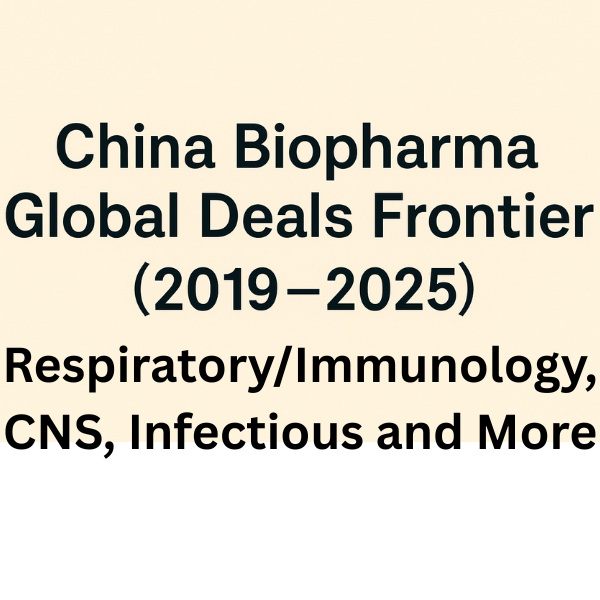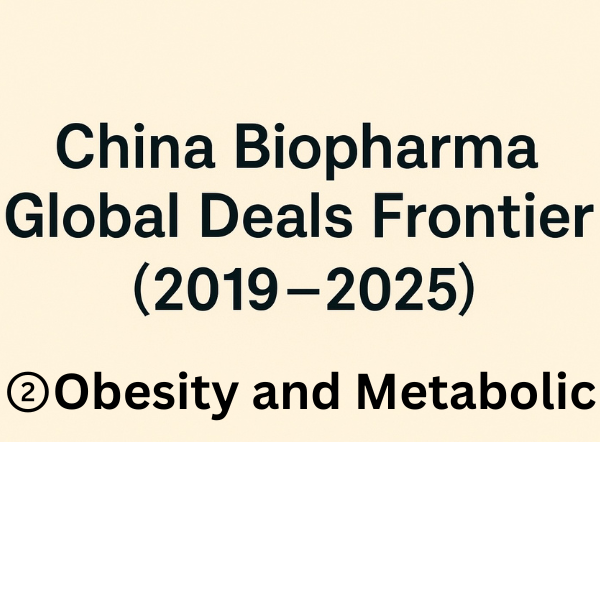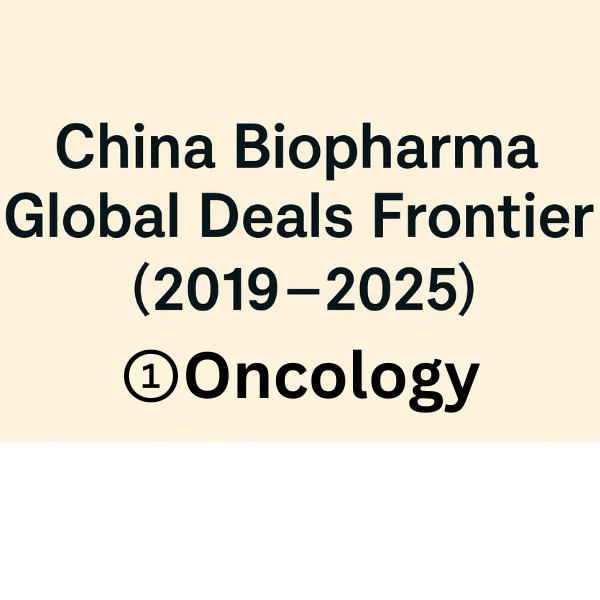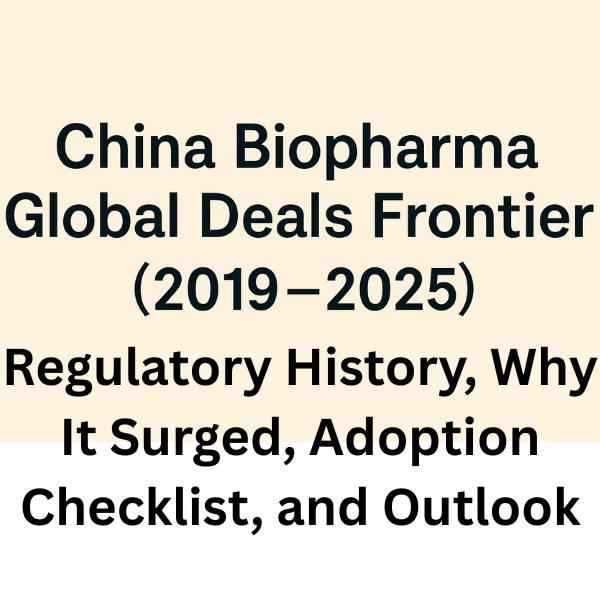This final part pulls together the structural drivers — regulation, capital formation, clinical infrastructure — and turns them into a practical adoption checklist. We close with our own view of what comes next and where value will accrue.
Quick Table: Milestones in Regulation, Capital, and Clinical Base
| Year | What changed | Impact on deals |
|---|---|---|
| 2017–2019 | NMPA reforms, ICH accession, acceptance of foreign data | Higher data acceptability; easier MRCT participation |
| 2018– | HKEX 18A, STAR Board enable pre-revenue IPOs | Pipeline financing base expanded |
| 2020 | China GCP update aligned with ICH-GCP | Raised confidence in data quality and oversight |
| 2019 / 2023 | Human Genetic Resources (HGR) rules and implementing measures | Clear but stricter guardrails for samples and data transfer |
| 2020– | NRDL updates as a routine process | Domestic price compression; ex-China monetization rises |
| 2023–2025 | More China-origin approvals in US/EU | Credibility flywheel spins faster; more global deals |
1. The five concurrent drivers
- Regulatory alignment: ICH-GCP alignment and clearer CDE guidance lifted data acceptability and enabled MRCTs.
- Capital flywheel: 18A/STAR let pre-revenue biotechs raise public capital and recycle cash from exploration to PoC to out-licensing.
- Clinical base and agility: large patient pools, concentrated tertiary centers, and more experienced sites improved enrollment velocity.
- Modality strength: ADC, bsAb, and cell therapy offer meaningful differentiation with exportable value propositions.
- Global demand: patent cliffs and pipeline gaps pushed pharmas to source externally, normalizing ex-China deal structures.
2. Adoption checklist for practitioners
- External validity: pre-agree PK/PD comparability, ethnicity effects, and SoC differences; plan bridging or MRCT and pre-specify RWD use.
- CMC and supply: for high-potency assets, confirm OEL/containment; for inhaled/aseptic, lock lot-to-lot consistency. Milestone tech transfer on deliverables. Dual-source where possible.
- HGR/PIPL/data transfer: define research vs commercial boundaries, data storage and access, and cross-border transfer processes with owners and timelines.
- Regional economics: accept China price compression; maximize ex-China royalties and sales milestones; align the steering committee on resource allocation.
- Competitive map: be explicit on ADC targets (B7-H4, DLL3, TROP2, HER2-low etc.) and metabolic differentiation (oral vs injection, multi-agonists). Document the differentiation hypothesis.
- Commercial execution: who has US/EU launch experience and HTA chops; codify decision rights and escalation in the joint governance.
3. Clearing up the “loose ethics” misconception
China’s framework is aligned with ICH-GCP; master protocols and parallel arms are a global standard, not a China-specific relaxation. Speed differentials mostly come from patient pools, site concentration, and operational agility. Conversely, HGR and PIPL add requirements — not shortcuts — so cross-functional planning (legal, regulatory, clinical, data) must start early.
4. Contract design patterns that keep showing up
- Global exclusive (China co-dev or excluded): global partner leads US/EU regulatory and commercial; China partner leads domestic data and sales. Stage regulatory milestones so cash inflows track risk reduction.
- Regional split (Greater China vs ex-China): align evidence and costs with asymmetric pricing and HTA rules; spell out MRCT vs bridging responsibilities and timelines.
- Bundled options: back multiple shots on goal; codify scientific triggers numerically to activate options and redeploy capital rapidly.
- Platform M&A: buy modality capability outright; pre-plan manufacturing, quality, IP, and talent integration before close with day-1 governance.
5. Risk management details that matter
- Regulatory: HGR, PIPL, import/export, outbound investment, geopolitics.
- Operations: audit trail, site quality, CAPA, audit readiness and response times with SLAs.
- Economics: NRDL impact, FX, logistics and tariffs, cash-flow allocation and milestone timing.
- Contract: termination and reversion, ROFO/ROFR, steering committee voting and escalation rules.
6. Outlook (our view)
ADC Act II: more target dispersion and payload diversity; safety-by-design will govern deal speed and size.
Oral GLP-1 pragmatism: convenience plus stable supply will generate steady demand; expect extensions into cardio-renal and NASH.
Institutionalized ex-China: data-transfer and HGR operating know-how become a moat; Phase 3 designs will be HTA-aware from day one.
Bundled options plus platform M&A: secure breadth with options, secure depth via acquisition; option triggers get more quantitative.
Spillover to Autoimmune and CNS: designs will integrate digital endpoints and RWD; China-led exploration through PoC paired with global late-stage execution.
Next up
We will kick off a refreshed cycle with an Oncology Update: ADC Act II (target x payload optimization), new bispecific combinations, and cell therapy moving into autoimmune, plus regulatory and HTA implications.



Edited by the Morningglorysciences team.









Comments